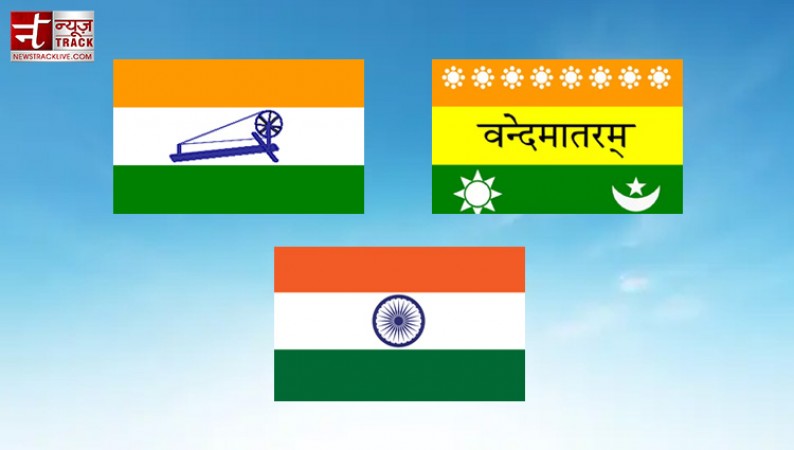
The Indian flag, also known as the Tricolor, is an emblem of India's rich history, struggle, and the aspirations of its people. Over the years, the Indian flag has evolved to symbolize the nation's progress and values. In this article, we will delve into the fascinating journey of the Indian flag, from its humble beginnings to its current design, exploring the significance of each iteration.
The First Tricolor - The Evolution Begins
1. The Early Struggles
During the Indian freedom struggle, several flags were used to represent different ideologies and movements. One of the early examples was the flag designed by Sister Nivedita, which consisted of two colors - red and yellow, representing the spirit of sacrifice and victory.
2. The Swadeshi Movement Flag
In 1906, during the Swadeshi Movement, the first Tricolor with horizontal stripes of green, yellow, and red was hoisted. The green symbolized fertility and growth, the yellow represented the desire for knowledge, and the red stood for the spirit of sacrifice.
The Gandhian Influence - A Symbol of Unity
3. The Mahatma Gandhi's Spinning Wheel
In 1921, Mahatma Gandhi introduced the spinning wheel (Charkha) as the centerpiece of the Indian flag. The Charkha was a representation of India's economic self-sufficiency and the importance of rural livelihoods.
4. The Swaraj Flag
The Swaraj Flag was adopted during the Non-Cooperation Movement. It featured two horizontal red and green stripes, with a white band in the middle containing a Charkha and the slogan "Vande Mataram." This flag became a powerful symbol of India's unity and struggle for independence.
The Final Design - The Tricolor as We Know It
5. The Constituent Assembly's Effort
After India gained independence in 1947, the Constituent Assembly was tasked with designing a flag for the newly independent nation. The Assembly, led by Dr. B.R. Ambedkar, adopted the current Tricolor on 22nd July 1947.
6. The Significance of Colors
The Indian Tricolor consists of three equal horizontal stripes - saffron, white, and green. Saffron represents courage, sacrifice, and the spirit of renunciation. White signifies purity and truth, while green symbolizes fertility, growth, and auspiciousness.
7. The Ashoka Chakra
The Ashoka Chakra, a navy blue wheel with 24 spokes, is placed at the center of the white stripe. It represents the "Dharma Chakra" or "Wheel of Law" and is a symbol of righteousness, progress, and dynamic change.
The journey of the Indian flag has been a reflection of India's struggle for freedom and its journey towards progress and unity. From the early struggles to the Gandhian influence, and finally, the adoption of the Tricolor with the Ashoka Chakra, each phase of the flag's evolution holds deep historical and cultural significance. The Indian flag is not merely a piece of cloth; it embodies the spirit of a nation, its resilience, and its commitment to values. As India moves forward, the Tricolor will continue to stand tall, inspiring generations and evoking a sense of pride and belonging among its people.
Independence Day 1947: A Historic Journey of Freedom
India's Editors Guild Raises Concerns: Digital Data Bill Threatens Press Freedom